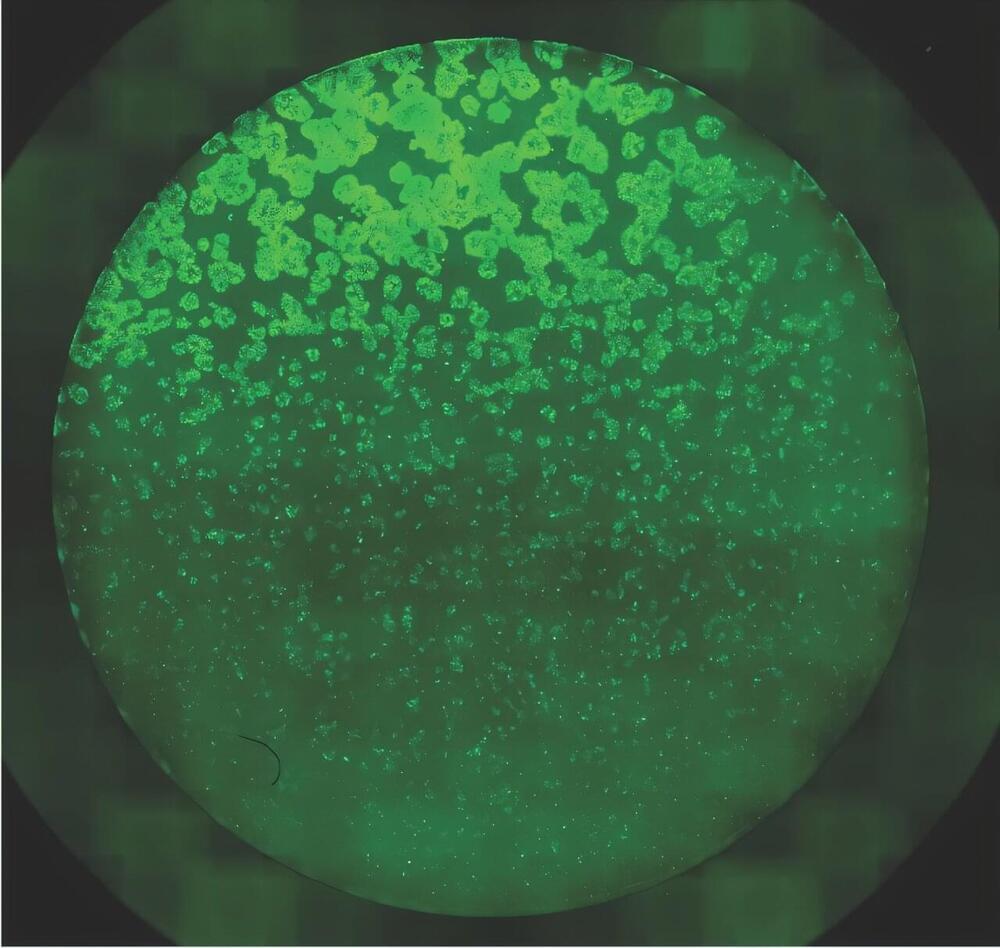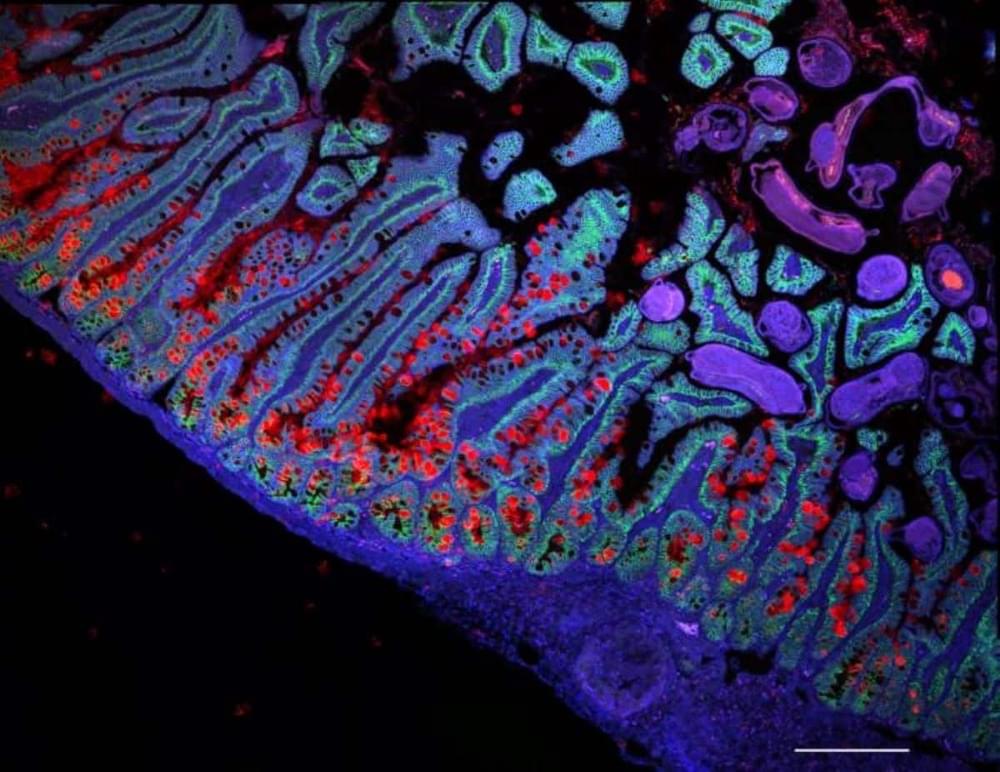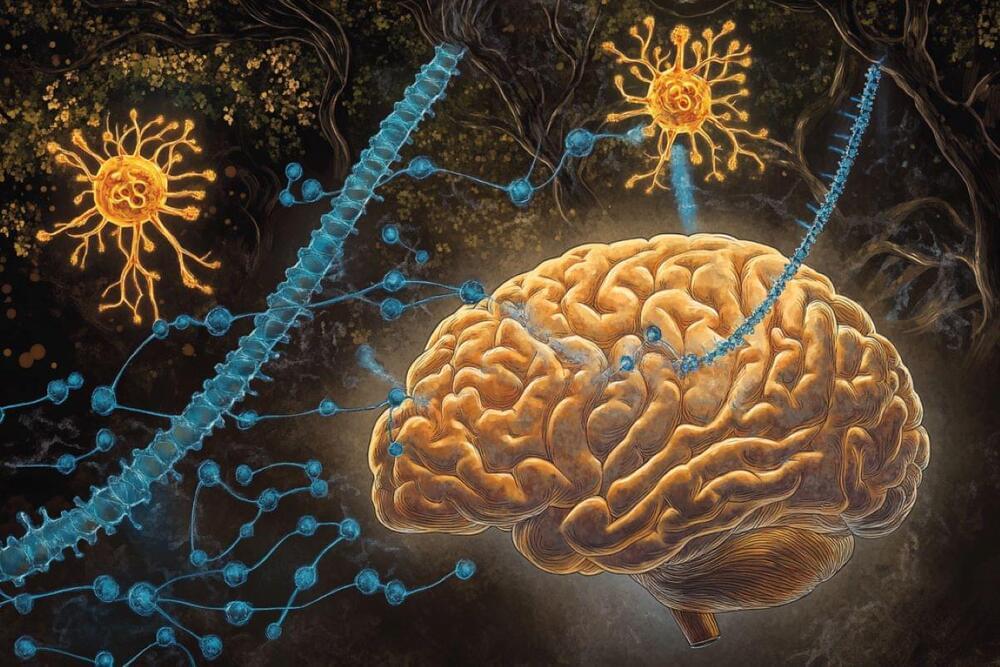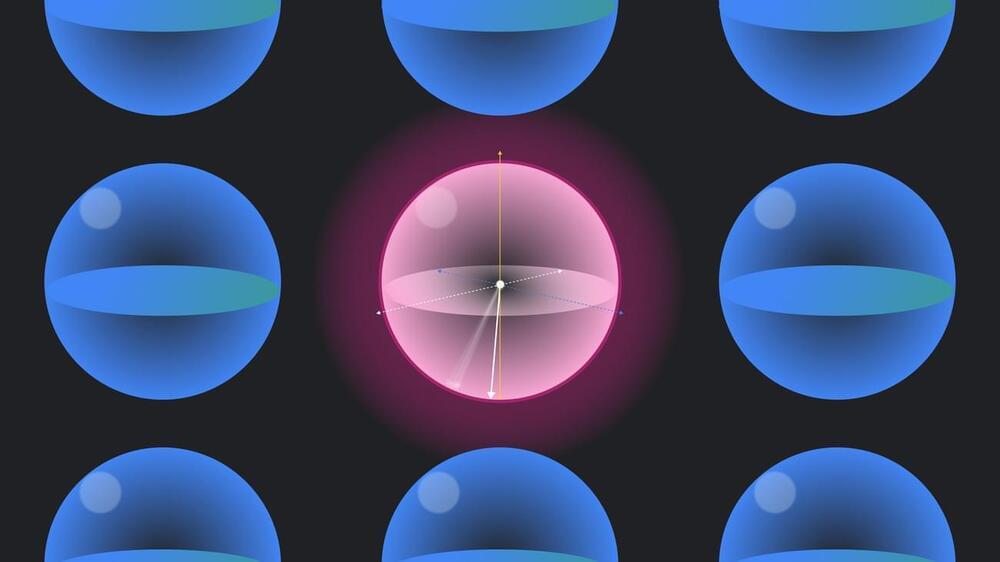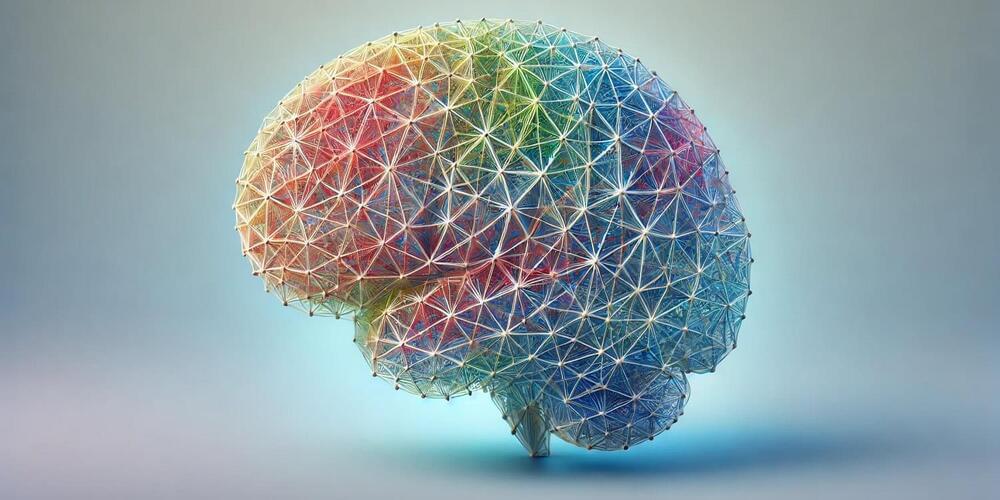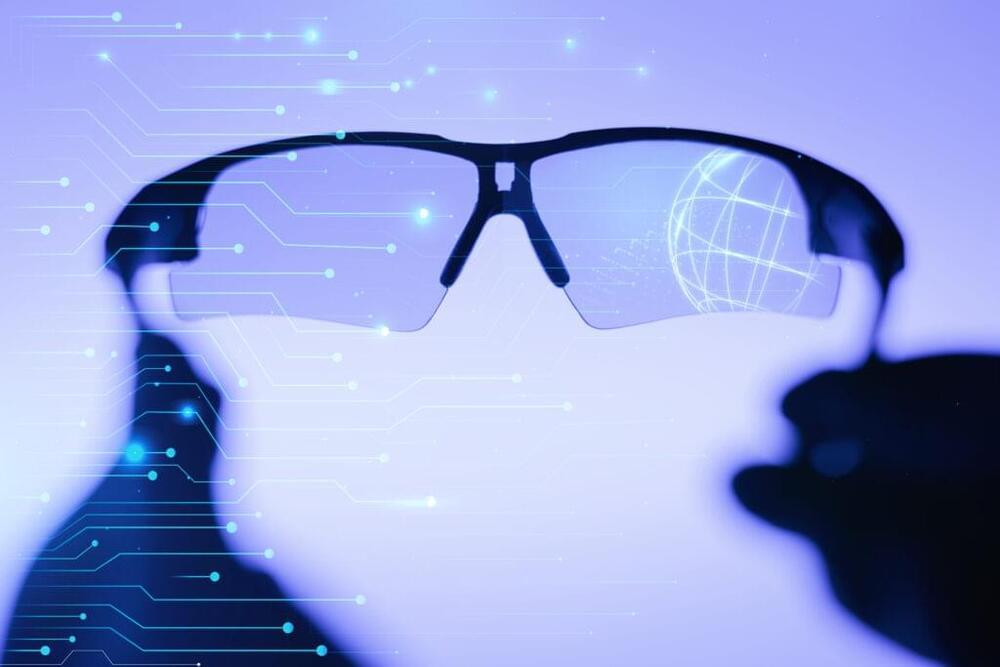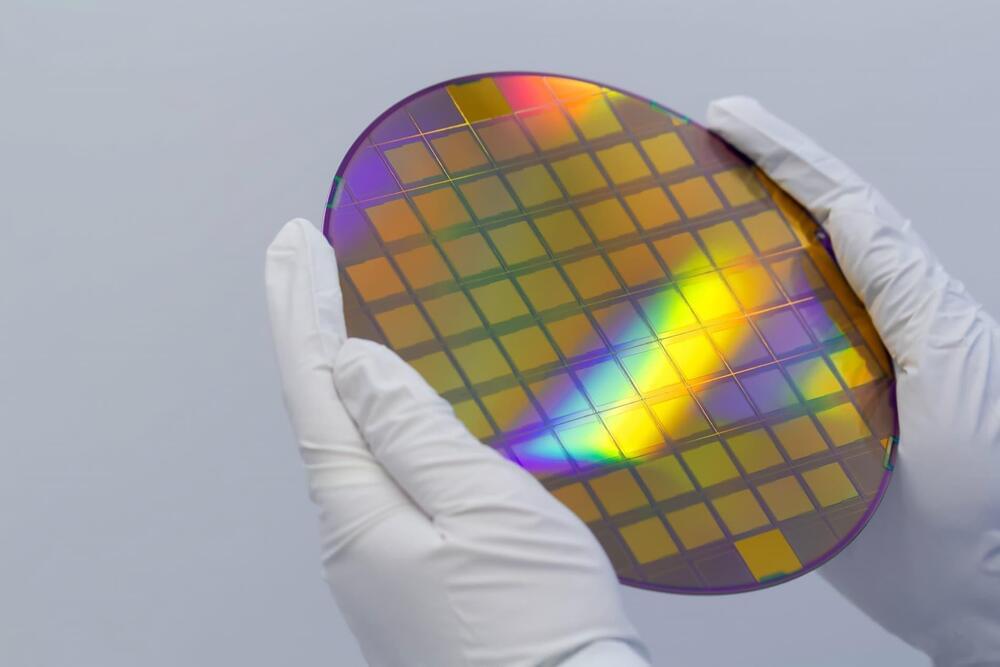Genes aren’t the sole driver instructing cells to build multicellular structures, tissues, and organs. In a paper published in Nature Communications, USC Stem Cell scientist Leonardo Morsut and Caltech computational biologist Matt Thomson characterize the influence of another important developmental driver: cell density, or how loosely or tightly cells are packed into a given space.
In both computational models and laboratory experiments, the team of scientists used cell density as an effective tool for controlling how mouse cells pattern themselves into complex structures.
“This paper represents progress towards our big picture goal of engineering synthetic tissues,” said Morsut, an assistant professor of stem cell biology and regenerative medicine, and biomedical engineering at the Keck School of Medicine of USC.
